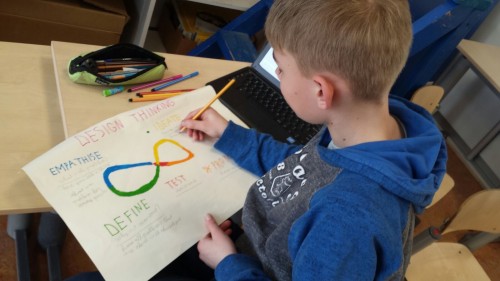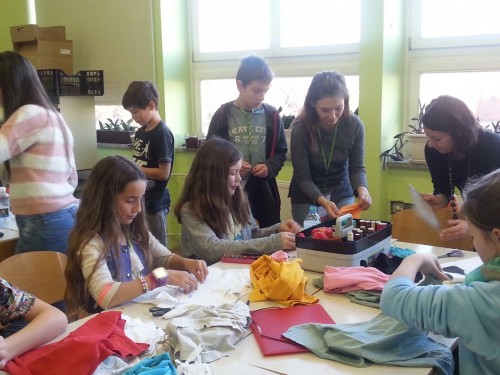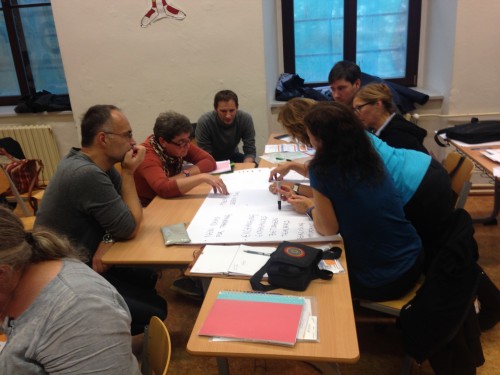Working in cycles
The steps form a cyclical process, in which you can and should always go back to previous steps to adjust the process.
Mindset
Design Thinking teaches you to develop new appealing alternatives instead of deciding between existing options. You develop yourself to become an innovator with a mindset to tackle the (unknown) challenges of the future. Another strong point is the meta-cognitive value of the method. The step-by-step plan gives you a firm grip, without undermining the creative process to discover the boundaries of your learning capabilities. Making mistakes also forms an essential part of the learning process.



